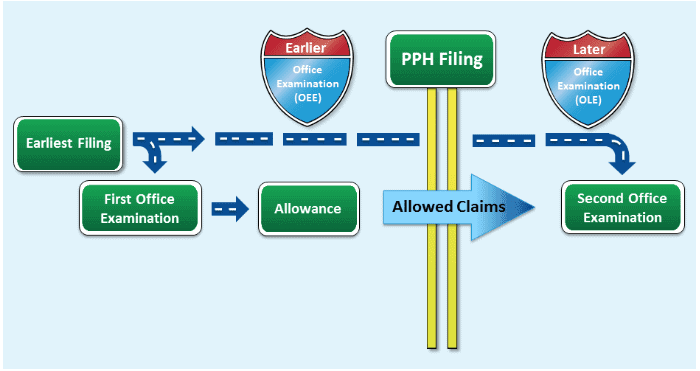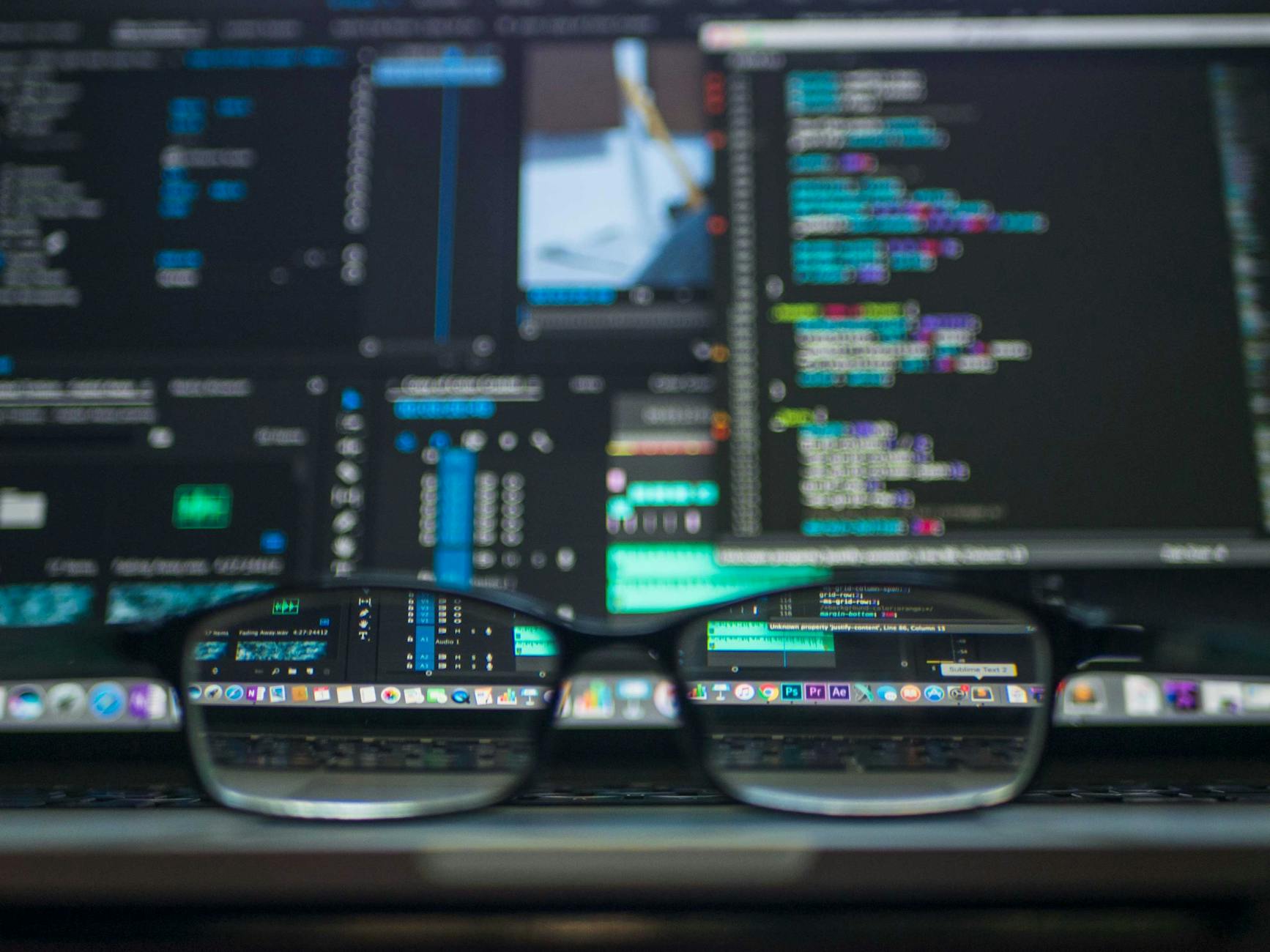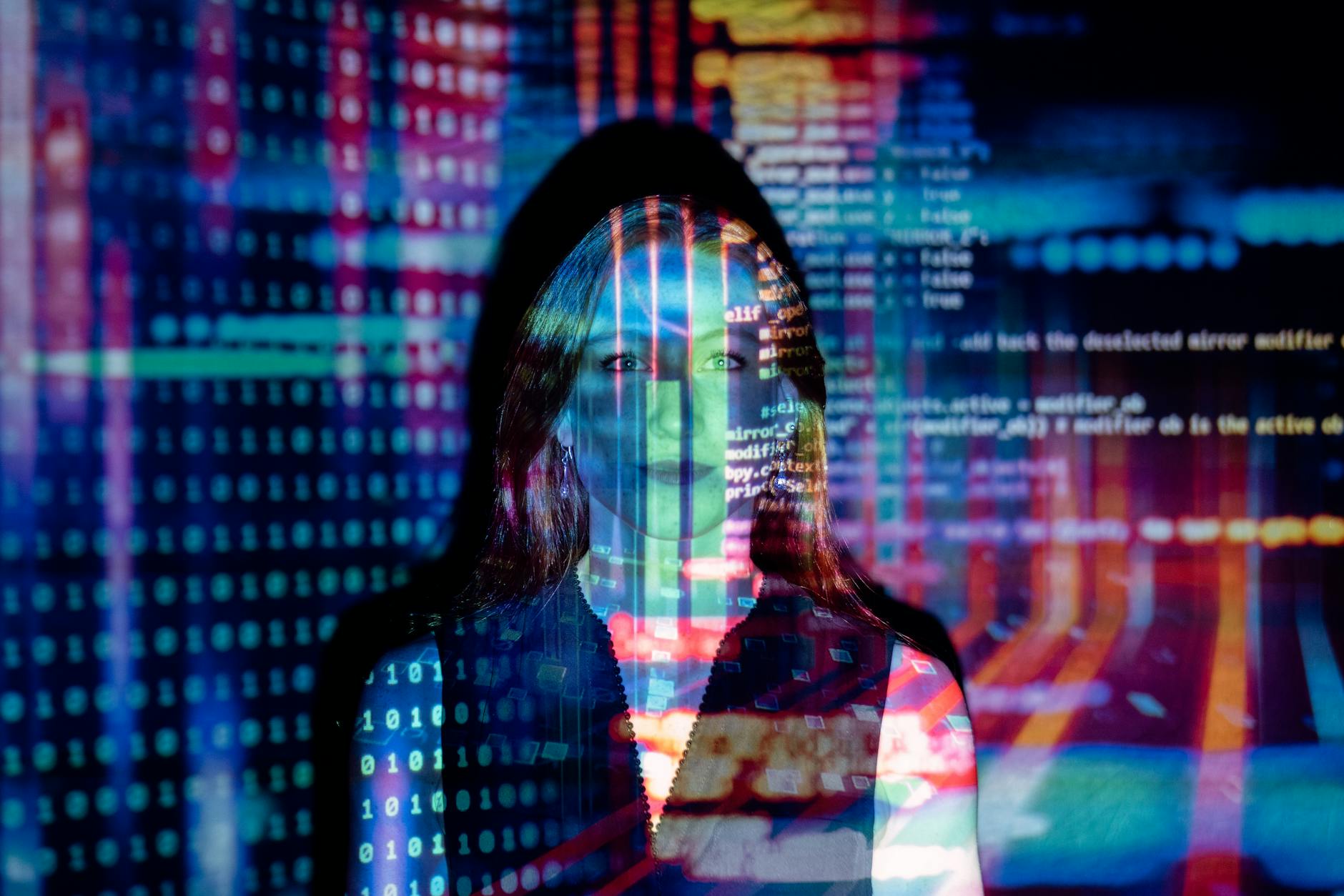First to File vs. First to Invent
When it's a matter of two parties vying for a patent on identical inventions, the patent is awarded to the individual or entity who first submitted their application, presuming the invention is indeed patentable. It doesn't matter if the other party conceived of the invention earlier; the pivotal factor is the filing date of the application.
The United States, before March 2013, employed a different process. In the event of conflicting applications concerning the same invention (a situation known as interference), an assessment was conducted to identify the original inventor. This assessment usually involved analysis of lab notebooks, along with documentation of prototypes, and so forth. The person who filed the application later, yet proved to be the first to invent, could be granted the patent.
The Leahy-Smith America Invents Act went into effect in March 2013. This act transitioned the U.S. to a "first-to-file" system.
Grace Period
If an invention is publicly accessible before a patent application is filed, the application faces rejection (Article 54 EPC). This "publicly available" designation comprises various scenarios: selling the invention, giving a lecture describing it, demonstrating it to an investor without a non-disclosure agreement (NDA), publication in a magazine, and more. Whether the individual making the invention public is the inventor, one of the inventors, or a third party independent of the process, makes no difference.
The U.S. provides a grace period of one year (35 US Code section 102). This allows inventors the freedom to publish their invention without forfeiting their patent rights. However, this allowance applies only within the U.S. If an inventor publishes the invention, they subsequently lose any potential patent rights in Europe (as well as several other countries).
With the Leahy-Smith America Invents Act, this grace period is, in essence, constrained to publications by the inventor or someone who obtained the information directly from the inventor. Publication by a third party will negate the invention's novelty. This point, however, remains somewhat contentious, and a court ruling may be required for a definitive answer.
Best Mode Requirement
U.S. patent law obligates an inventor to include the most effective way of utilizing the invention within the patent application (35 US Code section 112). This stipulation ensures that an inventor cannot be granted a patent while concealing key, beneficial aspects. Prior to the Leahy-Smith America Invents Act, failing to include the best mode could invalidate the patent. Following this act, such a failure carries no penalty, although the requirement for inclusion remains formally.
In contrast, European patent law has no comparable requirement. The application must contain at least one means of using the invention (Article 83 EPC), but it is not mandated that it is the optimal method, or even a satisfactory one.
Publication of Patent Applications
Before 2001, U.S. patents were published exclusively after their grant. This procedure was revised, and U.S. patent applications are now published 18 months post-filing, unless withdrawn or a non-publication request is submitted, stipulating U.S. protection only.
This aligns closely (barring the request option) with European procedures, where all patent applications are published 18 months post-filing, unless withdrawn. If the novelty search concludes within that timeframe, the search report accompanies the publication.
The publication of a patent application in no way signifies the patentability of the invention. It indicates only that the application is 18 months old. Previously, those accustomed to the U.S. system of publishing only granted patents could be misled into presuming that everything published by the EPO was a granted patent.
The distinction between an application and a granted patent can be discerned in two ways. Firstly, the number in the top-right corner includes an "A" for an application, and "B" for a patent. Secondly, granted European patents lack an abstract on the front cover.
Rights Conferred by a Granted Patent
A U.S. patent grants a property right enforceable across the entire U.S. territory. It permits the patent holder to prohibit others from creating, utilizing, or selling the patented invention within the U.S. This is because U.S. patent law (35 US Code) constitutes a federal statute.
Conversely, the European Patent Convention is a treaty signed by twenty-seven European nations:
Austria, Belgium, Bulgaria, Switzerland, Cyprus, the Czech Republic, Germany, Denmark, Estonia, Spain, Finland, France, Greece, Hungary, Ireland, Italy, Liechtenstein, Luxembourg, Monaco, the Netherlands, Portugal, Romania, Slovenia, Slovakia, Sweden, Turkey, and the United Kingdom. Patents under the EPC are granted by the European Patent Office (EPO), situated in Munich.
A European patent granted under the EPC bestows upon its owner similar rights to a national patent in those EPC member countries selected in the application. Essentially, a European patent becomes a "collection" of national patents. This means that after grant, a European patent can only be nullified through individual legal proceedings within each chosen country. However, for the initial nine months following patent grant, anyone can initiate an opposition process at the EPO, to invalidate the patent in all selected countries simultaneously.
Opposition After Grant
Within nine months of the grant of a European patent, any person can file an opposition with the EPO, specifying their rationale for challenging the grant (backed by arguments and evidence). The patent holder and the opponent can then engage in a debate. The EPO then makes a decision, grounded on evidence and arguments presented by both sides.
Usually, after both sides have presented their cases (through numerous written exchanges), the patent holder and opponent present their arguments during oral proceedings at the EPO in Munich. Following these proceedings, the EPO typically issues a final decision, though occasionally, the proceedings may continue in writing. Both sides retain the right to appeal the decision, prompting further exchange of correspondence followed by oral proceedings.
While the U.S. incorporates a reexamination procedure, it operates differently than an opposition. During reexamination, any individual can furnish reasons and evidence to the USPTO, contesting the validity of a granted patent. Nonetheless, the patent holder is then involved in a dialogue with a USPTO examiner to uphold the validity of those challenges. The individual bringing the challenge doesn't participate in the process.
The Leahy-Smith America Invents Act established an "inter partes" examination in which the challenger does participate. The specifics of how this examination will proceed remains somewhat unclear.

Inventive Step
See also
When is an invention obvious?
The two most significant requirements under European patent law for patentability are novelty and the presence of an inventive step (Article 52 EPC). This aligns with the U.S. requirements that the invention must be new and not obvious (35 US Code sections 102 and 103). In fact, the Patent Cooperation Treaty, streamlining the filing process within its member states, similarly necessitates that an invention must be novel and involve an inventive step, though considers non-obviousness as sufficient indication of an inventive step.
However, the EPO applies a more stringent interpretation. A European patent application involves an inventive step if it resolves a technical problem in a manner that is not obvious. This sets out two extra requirements: the invention must solve a problem (absence of a solved problem negates inventive step), and the problem must be technical (solving an economic problem doesn’t count towards inventive step).
To assess the technical problem, the process is as follows. Firstly, a determination of the invention's novelty is made. If the invention is novel, the document in the prior art most closely resembling the invention (in terms of shared features or other similarities) is selected as the closest prior art. The dissimilarities are then compared to identify the problem resolved by the invention.
For example, if the invention involves a bicycle with a reflector, and the closest prior art is a bike with no lighting, the technical problem can be defined as enhancing the rider's visibility in low-light situations. This is achieved by adding a reflector, enabling visibility in the dark due to the reflected light.
The next step considers whether the solution is obvious when addressing the technical problem. In this example, a common solution found on cars, airplanes, and other similar objects would involve adding a headlight. By applying this familiar approach, a person skilled in the art would attach a headlight to the bike. Such a solution, not being immediately obvious, would indicate an inventive step.
It's important to remember that, for patent law purposes, the definitions of "skilled person" and "obvious" don't reflect their usual, everyday meanings.
Of particular significance is that the technical problem should not be determined in retrospect. Often, when encountering an invention, the initial instinct is that it is obvious due to the solution's apparent naturalness. This doesn't do justice to the effort in the inventive act. If everyone was content with the sub-optimal solution (like a bike with a headlight, requiring a dynamo driven by human power), the recognition that an alternative approach might be superior could well constitute an invention.








Comments (0)
No comments yet. Be the first to comment!